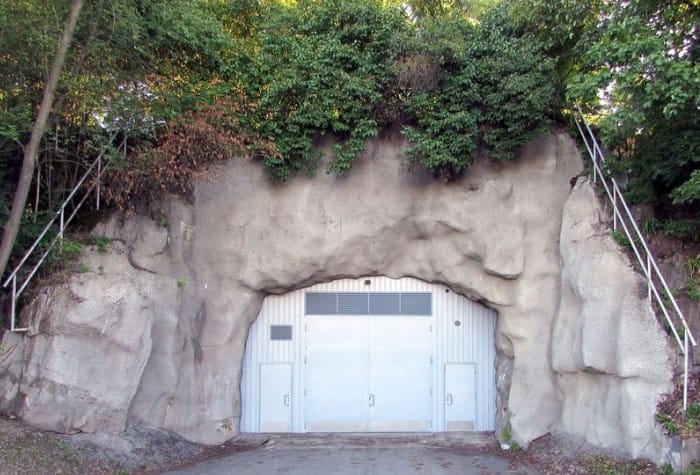“We all know the atomic bomb is very dangerous. Since it may be used against us, we must get ready for it, just as we are ready for many other dangers that are around us all the time” – Duck and Cover, 1952.
In this video, we will explore a trend that’s getting a lot of attention in the media: the rich are building extensive underground shelters to protect them from storms, angry mobs, and even nuclear war. Do they know something we don’t, or are they seeing the same fragilities and fault lines in the world that you and I do and reacting appropriately? I w/ill clue you in on a few examples of emergency retreats being built by the super-wealthy, explore a little bit of what they know that we don’t, and then tell you what you could and should do today. Should we be building our own bunkers? Is that even possible? There’s at least one country where an in-house emergency shelter is the law. Also, stick around as I reached out to Ron, Atlas Survival Shelters’s owner, to provide insight into why people are buying bunkers from him.
BUNKER ISLANDS
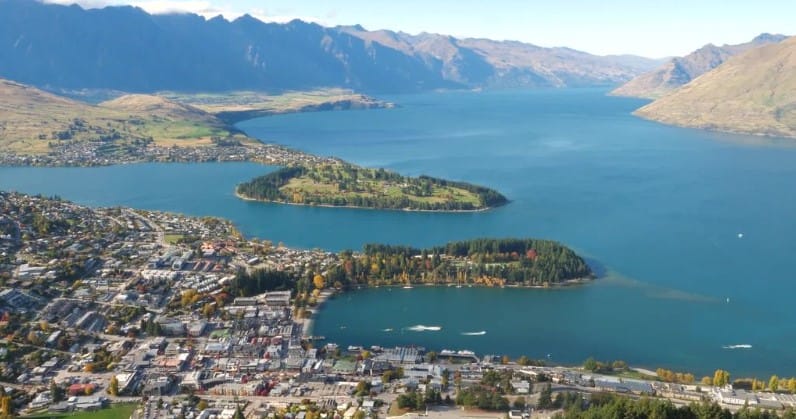
Several prominent billionaires, including Bill Gates, Mark Zuckerberg, Oprah Winfrey, Richard Branson, and Larry Page, have invested in extensive parcels of land on islands. This trend has captured public attention. What adds to the intrigue is the revelation that many of these estates boast underground passageways leading to fortified bunkers, hinting at a fascination with security and preparedness among the elite.
The ultra-rich build and own high-tech underground shelters not necessarily because of some rumored end-of-the-world situation but simply because they can afford to do so. These facilities are designed to keep their families safe and allow them to continue to live during natural disasters, civil unrest, or war-like situations. While some theorize that billionaires know of an upcoming apocalyptic event, the reality is likely more pragmatic. Rather than some organized awareness or plan on their part, it’s more likely stemming from the uncertainty about the future that we all feel.
Mark Zuckerberg’s Ko’olau Ranch in Hawaii has a large underground space, but it’s just one part of the $400 million under-construction building. The ranch also includes farms, cattle-feeding areas, breweries, and other elements that create a private, self-sustainable ecosystem. Many expensive properties on Hawaiian islands follow a similar concept, combining underground shelters with organic food production, forests, water reservoirs, and more. The wealthy build these bunkers because they can, not necessarily because they foresee imminent disaster. Even when it’s not a bunker, billionaires seek the natural exclusion and isolation that islands can provide. Larry Ellison, the billionaire co-founder of Oracle Corporation, purchased in 2012 nearly 98% of the island of Lana’i, which amounts to 87,000 acres out of the island’s total 90,000 acres. His reported purchase price was $300 million. Ellison has since made Lana’i his home and has been working to turn it into a wellness utopia through his company. In a situation where society is breaking down, it isn’t likely any marauding mob will traverse the 68 miles of ocean between Honolulu and Lana’i by commercial or charter flight, ferry, or an armada of boats.
Even larger islands that are more isolated from the world by their location are planned bug-out locations. New Zealand has become a sought-after destination for affluent figures from Silicon Valley and other wealthy foreigners seeking a potential safe refuge. Though rumors abound regarding the existence of secret bunkers, concrete evidence remains elusive. High-profile individuals such as billionaire venture capitalist Peter Thiel and former NBC News anchor Matt Lauer have notably acquired properties in the country. The appeal of New Zealand lies in its stability, breathtaking natural landscapes, and relative seclusion, making it an enticing choice for those wishing to escape the uncertainties of the global landscape.
BUNKERS & BOMB SHELTERS TODAY
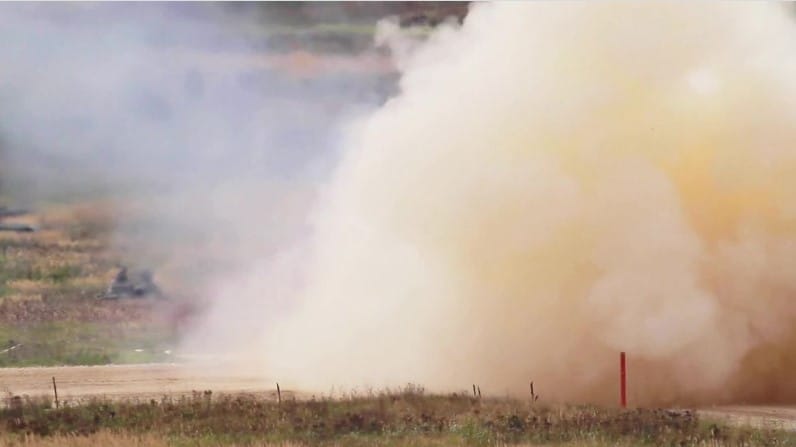
The latest trends in bunker building and island retreats aren’t exclusive to the billionaire set; they are becoming a trend throughout the United States. Current trends reveal a growing interest in prepping culture, with individuals actively making preparations for potential catastrophic disasters ranging from natural calamities to continued pandemics and ever-increasing civil unrest. As hostilities escalate between nuclear powers, many are recognizing that a new cold war is afoot with the same atomic threat as a final end game. This surge in preparedness stems from rising anxiety and uncertainty fueled by global pandemics, extreme weather, political instability, and misinformation campaigns, creating anxiety and fostering distrust and conflicts worldwide.
As a result, companies specializing in bunkers and survival shelters have experienced a significant uptick in sales, with some reporting spikes of up to 1,000% in inquiries and purchases. Buyers often view these bunkers as short-term solutions against existential threats, seeking refuge in private shelters provided by companies like Rising S Company and Atlas Survival Shelters. These custom-built bunkers, crafted from thick plate steel, offer varying price ranges from tens of thousands to hundreds of thousands of dollars, accommodating clients’ resources and needs.
In the global context, recent events such as Russia’s war on Ukraine, Iran’s continued refinement of uranium, North Korea’s seemingly endless missile tests, and China’s continued expansionism and record of conflict in the South China Sea have underscored the importance of personal protection during crises. Many realize how globally connected we are, how lightning-fast situations can flare up into global conflicts, and how fragile our peace and security are. While countries like Ukraine maintain thousands of publicly accessible bomb shelters, the United States has relatively few due to historical differences in defense infrastructure investment. Despite the decreasing prevalence of public shelters, private individuals continue to invest in bunkers and shelters driven by various factors, including anxiety, uncertainty, and the pursuit of personal safety during tumultuous times.
WHAT DO THEY KNOW THAT WE DON’T
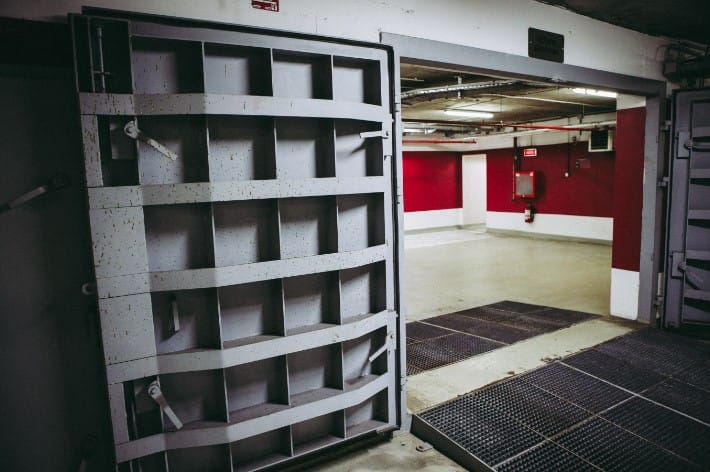
The super-rich don’t necessarily have any insider information, and they’re not all pulling the strings in unison of some conspiratorial plan. These are people who want to protect their acquired wealth. These people want to leverage their resources to ensure they have what they need and want, even when conditions take a turn for the worst. Make no mistake about it, though. They do have more information than the average Joe. Their investments force them to have a more global vision of the world than someone might have in small town USA, but both people realize a few common trends and characteristics.
First, the last several years have shaken the very foundation of the world and made us all realize the base was never that stable. A global pandemic forced us into a lockdown and slammed the brakes on economies, commerce, and wealth creation for everyone, everywhere. This led some to speculate that the super-rich wanted to keep people home, docile, and enslaved. That doesn’t really make sense because a population locked in their homes doesn’t generate any wealth for them. It just creates a highly agitated population. More realistically, they, you, and I realized that what we thought was incredibly stable- our food supply, transportation, commerce, and security- was pretty fragile.
Second, we all witnessed the rise in ransomware attacks seizing vital computer systems, sometimes crippling our infrastructure. The resulting panic-buying and hoarding activities gave everyone a glimmer into the true nature of man. Third, there’s a clear conflict between the forces of Russia, China, Iran, and the aligned West. That hasn’t bubbled over entirely yet, but it’s raging enough that we now have conflict zones in Ukraine, Israel, Syria, and the South China Sea. There’s a weekly threat of the use of nuclear weapons from more than one nation. Add to this the natural disasters we see worldwide with greater frequency and intensity, and it’s clear to see how they, like us, see the world as increasingly more unstable by the day.
All that taken together, and they aren’t privy to any secret information, as much as they, like you, are astute observers of the fragility of our modern age. We are too dependent on systems prone to failure, and there are too many possible causes of failure. With each observable instance of this, we see that governments tend to be reactive rather than proactive, so there is less and less faith that they will be able to rush in and re-establish order or save the day.
SAVE YOURSELF
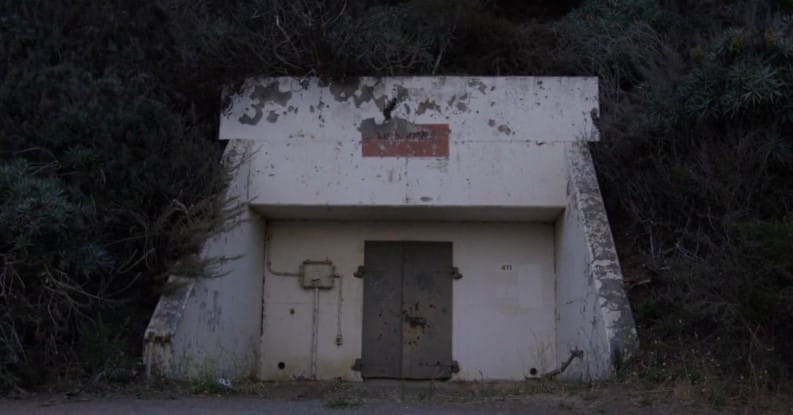
So the rich, semi-rich, and resourceful aren’t privy to some insider information. They realize two things. The world continues to be increasingly more and more unstable, and governments do a pretty poor job of protecting and rescuing their citizens when disasters occur or citizens and infrastructure is attacked. The exception may be the government of Singapore. In 1997, with the passage of the Civil Defense Shelter Act, all new buildings and houses there were required to be provided with emergency household or storey shelters, which were basically bomb shelters. This was done in response to the 1991 Gulf War events. This legislation was prompted by the realization of the urgent need for secure spaces during rapidly escalating attacks, as recognized by the Singapore Civil Defence Force. Inspired by the imperative to safeguard citizens during emergencies, the law aims to bolster the safety and preparedness of Singaporeans by ensuring that every new residential property includes a designated shelter. These shelters serve as crucial protective measures against various threats, including potential terrorist attacks or other emergencies, providing occupants with a secure refuge to seek safety and protection. I don’t see any other governments moving in that direction, so I wouldn’t encourage anyone to hold off while they wait for a government incentive or tax break.
Most people lack the finances, land rights, and permits to buy and install a prefabricated bomb or protective shelter. There are many considerations when building a shelter, but quite a few detailed instructions and plans are available online, some dating back to the 1950s.
In the event of a national disaster where many will have to seek protection, either a catastrophic natural disaster or manmade calamity, many will turn to caves as natural protection from the hostile environment. It’s always good to know what natural caves are in your area; however, you must realize that hundreds of people will simultaneously seek the same shelter. That could result in capacity issues or conflicts. Meeting the definition of a bunker–a reinforced underground shelter–there are a number of emergency shelters available even through everyday commercial businesses. These aren’t built to live in for a long period of time, and they don’t afford the luxuries of a wine cellar and sauna like a billionaire might have, but they will provide initial protection from extreme storms or blasts. By the nature of their dense and solid construction, they may also offer resistance from EMPs and solar flares. Even without purchasing a pre-fabricated option, the internet is filled with plans for root cellars and storm shelters, which could afford you temporary, protected emergency shelters.
I’ll add a link to Ron’s YouTube channel if you want to check it out in the description and comment section below. The rich do know something most people do not. The world is unstable because they can see it at a level that most of us can not, and they’re often privy to information that, again, we are not. They realize the future is uncertain, and they realize that. The rich are getting serious about prepping because they’re worried about the future. They’re buying up land, energy sources, and survival gear, signaling that they don’t trust things to stay stable. We should pay attention because they’re basically saying, “Get ready for anything.” Stocking up on food, water, power, and medical supplies isn’t just for them—it’s for all of us. They know being prepared is crucial, and we should, too. Like them, you should be building stability and security in your life. Whether that’s fortifying your home, prepping food and water, creating your own root cellar and storm shelter, or simply having an effective and thorough disaster plan, you should do something rather than passively blow with the winds of future instability.
Check out our video on surviving the first 90 days after a massive disaster here on the side of the screen to understand what you can do now to build a more stable future for yourself.
As always, stay safe out there.
LINKS:
How to Survive the First 90 Days After the Collapse
Atlas Survival Shelters: https://www.youtube.com/@AtlasSurvivalShelters


